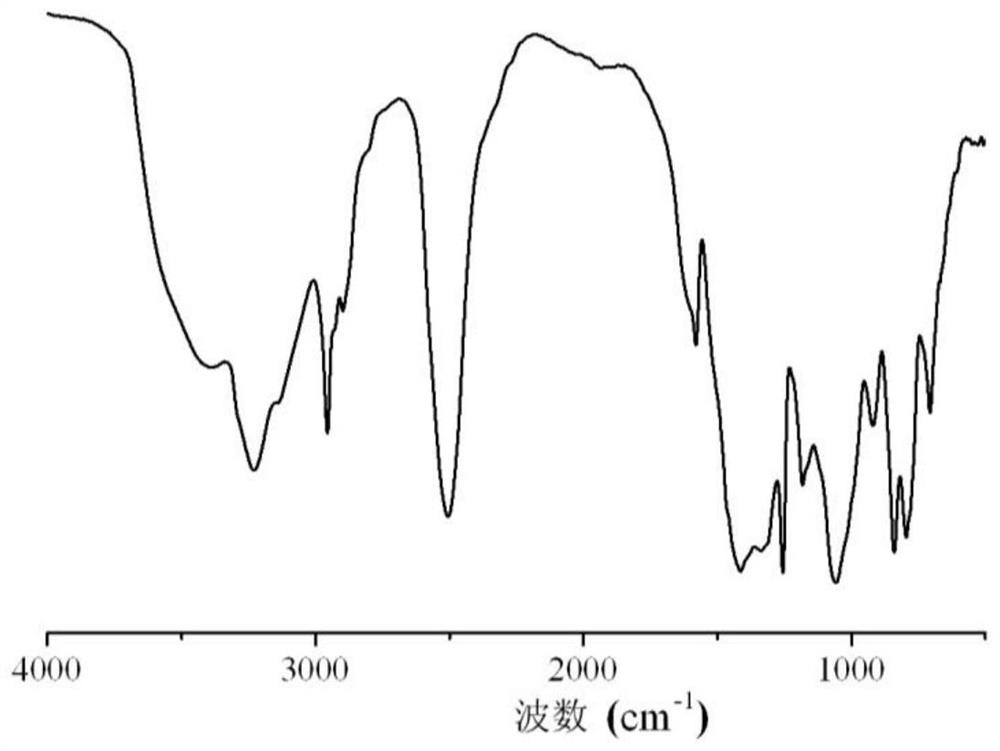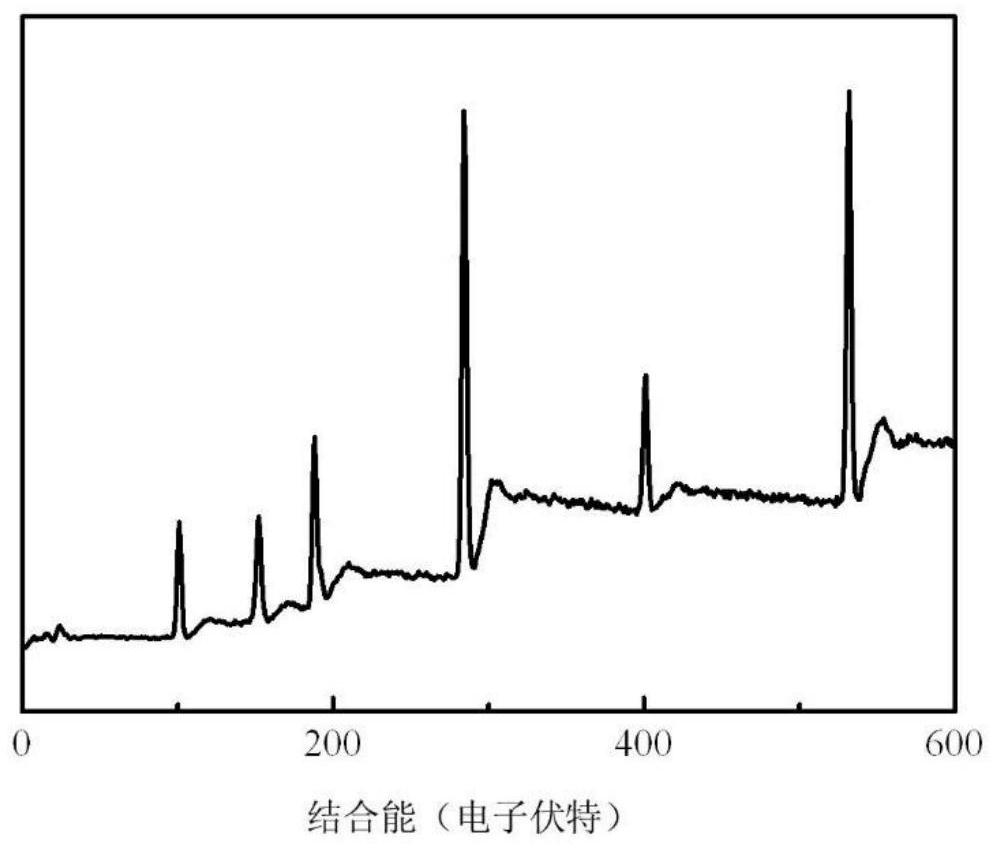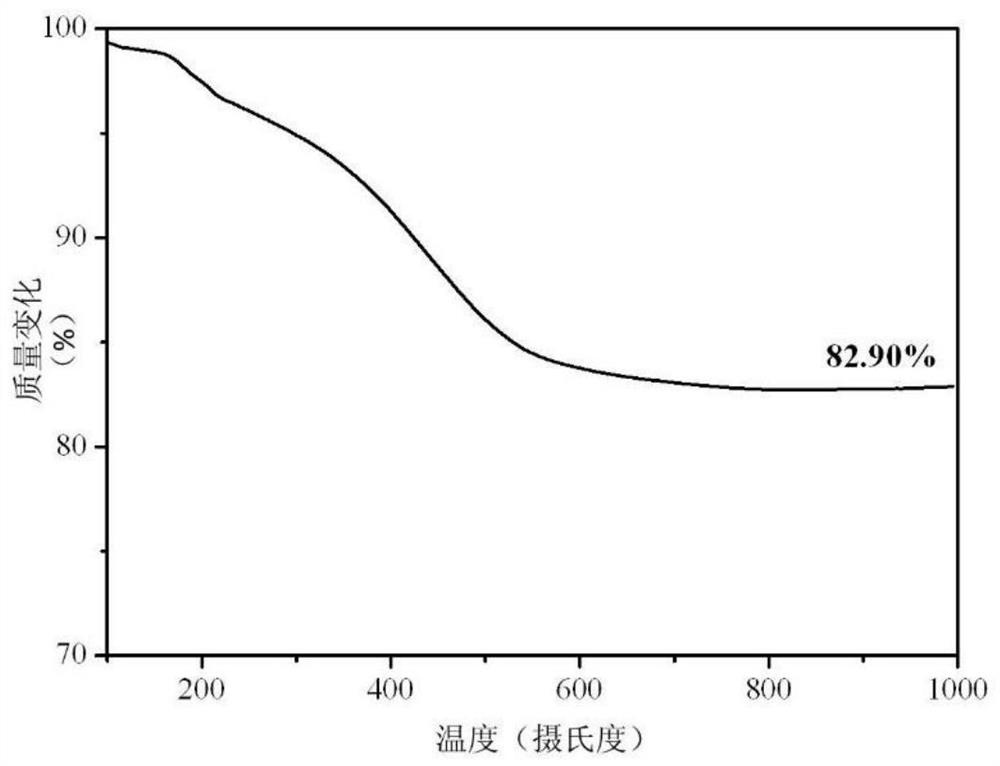SiBCN ceramic precursor and synthesis method thereof
A technology of ceramic precursors and synthesis methods, applied in the field of new materials, can solve problems such as by-products that require low temperature conditions, and achieve the effects of high atom utilization, good solubility, and high ceramic yield
- Summary
- Abstract
- Description
- Claims
- Application Information
AI Technical Summary
Problems solved by technology
Method used
Image
Examples
preparation example Construction
[0023] The present invention proposes a kind of synthetic method of SiBCN ceramic precursor, comprises the following steps:
[0024] S1: Weigh decaborane and organosilicon compound according to the ratio of substances to 1:1;
[0025] S2: dissolving the decaborane in anhydrous tetrahydrofuran to obtain a decaborane solution;
[0026] Dissolving the organosilicon compound in anhydrous tetrahydrofuran to obtain an organosilicon compound solution;
[0027] S3: select a reactor with stirring, replace the air in the reactor with an inert gas, and then add the decaborane solution into the reactor;
[0028] S4: under stirring conditions, add the organosilicon compound solution into the reaction kettle;
[0029] S5: After the feeding is completed, continue to stir at room temperature for 10-20 hours, and then distill under reduced pressure for 10-20 hours under the condition of a constant temperature water bath at 60° C. to remove the solvent to obtain a SiBCN ceramic precursor.
...
Embodiment 1
[0046] The present embodiment provides a kind of synthetic method of SiBCN ceramic precursor, comprises the following steps:
[0047] S1: Weigh 0.1 mol of decaborane and 0.1 mol of 1,3-bis(aminopropyl)tetramethyldisiloxane.
[0048] S2: Dissolving decaborane in anhydrous tetrahydrofuran to obtain a decaborane solution; the concentration of decaborane in the decaborane solution is 0.2 mol / L.
[0049] Dissolve 1,3-bis(aminopropyl)tetramethyldisiloxane in anhydrous tetrahydrofuran to obtain organosilicon compound solution; 1,3-bis(aminopropyl)tetramethyldisiloxane in organosilicon compound solution The molar concentration of ether is 0.2 mol / L.
[0050] S3: Select a reactor with stirring, replace the air in the reactor with nitrogen (introduction speed is 0.5L / min), and then add the decaborane solution to the reactor;
[0051] S4: Under the condition of stirring, add the organosilicon compound solution into the reaction kettle at a rate of 20 mL / min.
[0052] S5: After the add...
Embodiment 2
[0055] The present embodiment provides a kind of synthetic method of SiBCN ceramic precursor, comprises the following steps:
[0056] S1: Weigh 0.1 mol of decaborane and 0.1 mol of [3-(trimethoxysilyl)propyl]ethylenediamine.
[0057] S2: Dissolving decaborane in anhydrous tetrahydrofuran to obtain a decaborane solution; the concentration of decaborane in the decaborane solution is 0.4 mol / L.
[0058] Dissolve [3-(trimethoxysilyl)propyl]ethylenediamine in anhydrous tetrahydrofuran to obtain an organosilicon compound solution; [3-(trimethoxysilyl)propyl]ethylenediamine in the organosilicon compound solution The molar concentration of the amine substance was 0.6 mol / L.
[0059] S3: Select a reactor with stirring, replace the air in the reactor with nitrogen (introduction speed is 1.0L / min), and then add the decaborane solution to the reactor;
[0060] S4: Under the condition of stirring, add the organosilicon compound solution into the reaction kettle at a rate of 10 mL / min.
...
PUM
 Login to View More
Login to View More Abstract
Description
Claims
Application Information
 Login to View More
Login to View More - R&D
- Intellectual Property
- Life Sciences
- Materials
- Tech Scout
- Unparalleled Data Quality
- Higher Quality Content
- 60% Fewer Hallucinations
Browse by: Latest US Patents, China's latest patents, Technical Efficacy Thesaurus, Application Domain, Technology Topic, Popular Technical Reports.
© 2025 PatSnap. All rights reserved.Legal|Privacy policy|Modern Slavery Act Transparency Statement|Sitemap|About US| Contact US: help@patsnap.com



